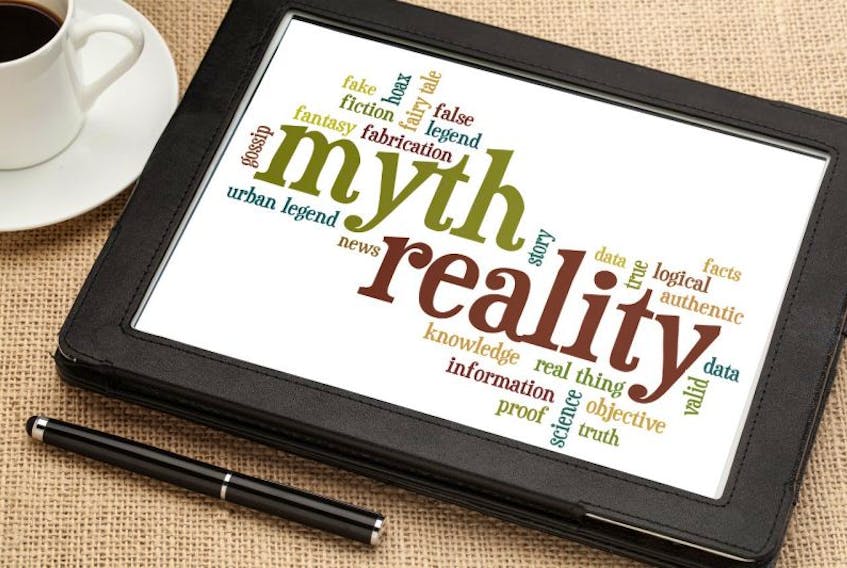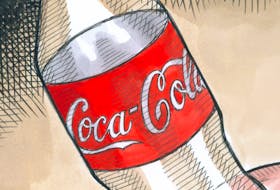
In other words, it’s my fault. Well, mine, and, with me, the rest of the ink-stained wretches. And our bosses.
Let me explain.
The news media made fake news possible when newspapers became cash-cow commodities in the 1980s and 1990s, and when management of those commodities turned into an accounting exercise. What mattered, especially to news chains that had bought up papers with borrowed money, was not the product, but the profit margin.
For years, the best science newspapers had was the bald figure of their total circulation and the occasional focus group. Newspapers invested next to nothing in business-related research, content to just sit and count the ad money. Research, like newrooms, was a cost-centre to be trimmed.
We made fake news even more possible, when, for the first time, the print news industry actually had plenty of metrics. With the advent of digital sites, there was already a wealth of information about what was being clicked on — the immediate response was not “why are people reading this story?” but “how can we make another story just like it?” (Like I said, we didn’t do much in the way of research, and the “how” was easier than the “why.”)
If people read about a man who cuts off his own arm to escape a boulder’s crushing weight — why, they’ll certainly read about a man with no legs who wants to climb mountains. If millions will click on a picture of a movies star in a revealing dress, why not publish many pictures of women in revealing dresses?
Replication become the order of the day — if you get a good result, find a way to mirror that result. We stopped asking what would challenge our readers — we asked only what would cause them to click on a story.
We created the Barnum and Bailey school of news. We conditioned readers that, if a picture of a house blowing up was great, a picture of three houses blowing up was better. And we had the numbers to prove it.
Problem is, there are only a limited number of actual houses blowing up. Having gone the distance, though, to prove that anything is possible, that truth is stranger than fiction, why should anyone in the news media be surprised that the tastes we’d so carefully cultured in our audiences had moved on to more esoteric, if less accurate, fare?
If you liked the idea that Hillary Clinton was evil, you’ll love a story saying she was a child murderer. And, now that you have a taste for the positive reinforcement of whatever you already believe, why the heck would you go back to anything else?
Why are we surprised that others are better at the fantastical than we are?
We made fake news when we developed the perfect growing solution for it, and that medium was infected by a virus that wasn’t restrained by the messy concept of things having to be true.
And why are we surprised that there are those who unconditionally gobble it up, especially when it supports their own already-existing opinions?
It might be more fun to argue that an overarching cabal of liberal media elites conspired to fake the news and twist public opinion for years — that is, in itself, a much grabby headline, the kind of thing that generates clicks. (Truth is, though, the news media as a whole couldn’t cohesively order a pizza.)
I think we turned mass media into fast food — we shouldn’t be surprised that people want to eat it.
To quote Pogo — fittingly, an old newspaper cartoon — “We have met the enemy and he is us.”
Russell Wangersky is TC Media’s Atlantic regional columnist. He can be reached at [email protected] — Twitter: @Wangersky.









